Kyle T. Mays - City of Dispossessions
Here you can read online Kyle T. Mays - City of Dispossessions full text of the book (entire story) in english for free. Download pdf and epub, get meaning, cover and reviews about this ebook. year: 2022, publisher: University of Pennsylvania Press, Inc., genre: Politics. Description of the work, (preface) as well as reviews are available. Best literature library LitArk.com created for fans of good reading and offers a wide selection of genres:
Romance novel
Science fiction
Adventure
Detective
Science
History
Home and family
Prose
Art
Politics
Computer
Non-fiction
Religion
Business
Children
Humor
Choose a favorite category and find really read worthwhile books. Enjoy immersion in the world of imagination, feel the emotions of the characters or learn something new for yourself, make an fascinating discovery.

- Book:City of Dispossessions
- Author:
- Publisher:University of Pennsylvania Press, Inc.
- Genre:
- Year:2022
- Rating:4 / 5
- Favourites:Add to favourites
- Your mark:
- 80
- 1
- 2
- 3
- 4
- 5
City of Dispossessions: summary, description and annotation
We offer to read an annotation, description, summary or preface (depends on what the author of the book "City of Dispossessions" wrote himself). If you haven't found the necessary information about the book — write in the comments, we will try to find it.
Kyle T. Mays: author's other books
Who wrote City of Dispossessions? Find out the surname, the name of the author of the book and a list of all author's works by series.
City of Dispossessions — read online for free the complete book (whole text) full work
Below is the text of the book, divided by pages. System saving the place of the last page read, allows you to conveniently read the book "City of Dispossessions" online for free, without having to search again every time where you left off. Put a bookmark, and you can go to the page where you finished reading at any time.
Font size:
Interval:
Bookmark:
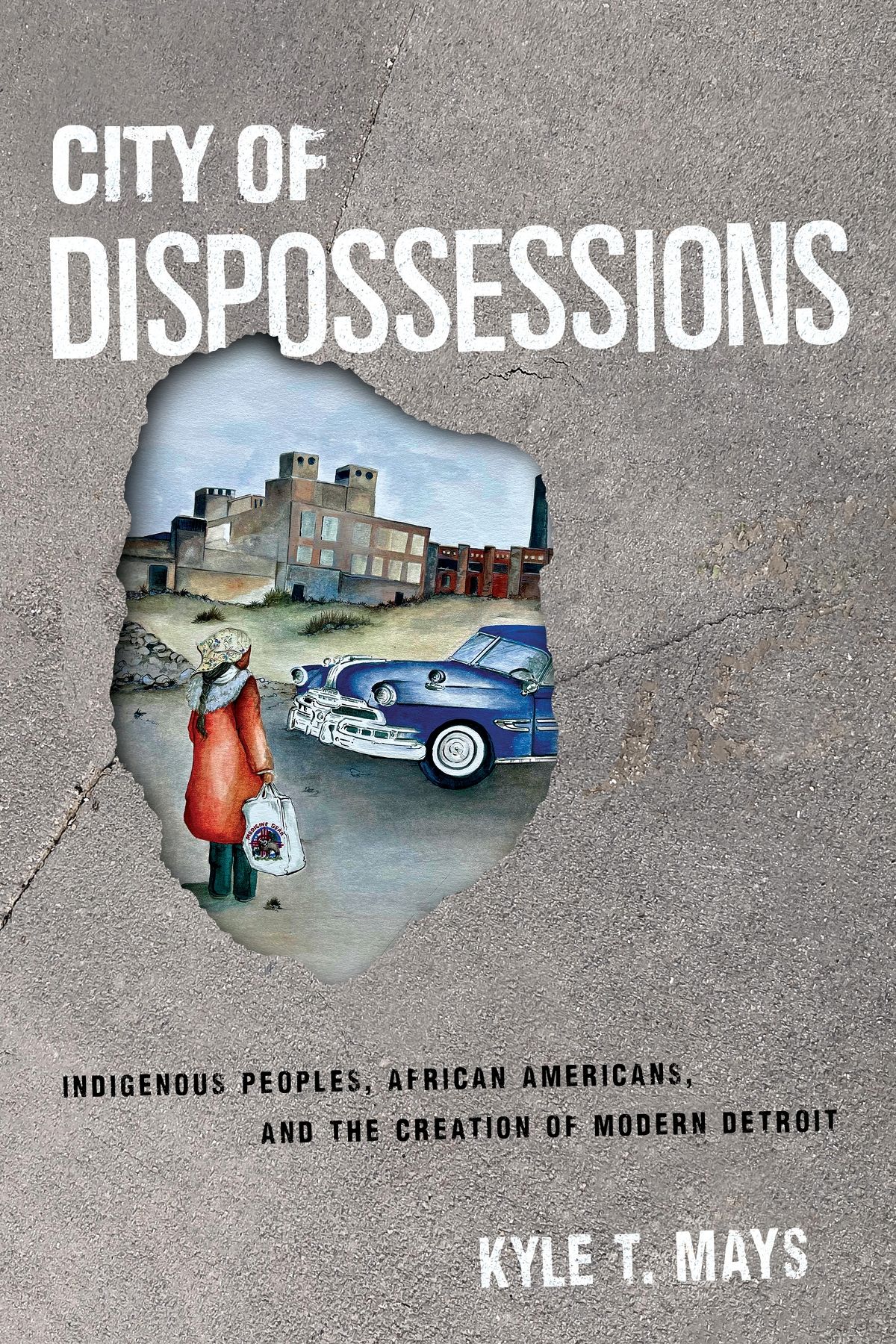
Politics and Culture in Modern America
Series Editors : Keisha N. Blain, Margot Canaday, Matthew Lassiter, Stephen Pitti, Thomas J. Sugrue
Volumes in the series narrate and analyze political and social change in the broadest dimensions from 1865 to the present, including ideas about the ways people have sought and wielded power in the public sphere and the language and institutions of politics at all levelslocal, national, and transnational. The series is motivated by a desire to reverse the fragmentation of modern U.S. history and to encourage synthetic perspectives on social movements and the state, on gender, race, and labor, and on intellectual history and popular culture.
Kyle T. Mays

University of Pennsylvania Press
Philadelphia
Copyright 2022 University of Pennsylvania Press
All rights reserved. Except for brief quotations used for purposes of review or scholarly citation, none of this book may be reproduced in any form by any means without written permission from the publisher.
Published by
University of Pennsylvania Press
Philadelphia, Pennsylvania 19104-4112
www.upenn.edu/pennpress
Printed in the United States of America on acid-free paper
10 9 8 7 6 5 4 3 2 1
Library of Congress Cataloging-in-Publication Data
Names: Mays, Kyle, author.
Title: City of dispossessions : indigenous peoples, African Americans, and the creation of modern Detroit / Kyle T. Mays.
Other titles: Politics and culture in modern America.
Description: Philadelphia : University of Pennsylvania Press, [2022] | Series: Politics and culture in modern America | Includes bibliographical references and index.
Identifiers: LCCN 2021039333 | ISBN 9780812253931 (hardcover) | ISBN 9780812298543 (eBook)
Subjects: LCSH: Indians of North AmericaMichiganDetroitHistory. | African AmericansMichiganDetroitHistory. | Indians of North AmericaMichiganDetroitSocial conditions. | African AmericansMichiganDetroitSocial conditions. | Detroit (Mich.)History. | Detroit (Mich.)Race relationsHistory.
Classification: LCC F574.D457 M36 2022 | DDC 305.8009774/34dc23
LC record available at https://lccn.loc.gov/2021039333
Over the years, I have given dozens of talks on my research for this book. The audiences and venues have varied from academic conferences to bars to my auntie in her living room. When speaking to academic audiences, I begin by acknowledging my great-grandmother, Esther Mays, and my aunt Judy Mays, and their roles in shaping cultural and educational history in postwar Detroit. Then I ask the audience, What do you know about Detroit? I implore them to yell things out at me; predictable answers emerge. Someone will shout out Motown!; another will say the Bankruptcy; a person hip to Detroits radical Black history will proclaim the Rebellion! Then someone will shout, Factories! Cars! I usually have to follow up, reminding them of Detroits great sports history, making sure that they acknowledge the Detroit Pistons, the team, led by Isiah Zeke Thomas, that went 31 against Michael Jordans Chicago Bulls. The audience will usually laugh, perhaps reminiscing about those 1980s Bad Boys, including Dennis Rodman, John Salley, Bill Laimbeer, Rick Mahorn, Vinnie the Microwave Johnson, Mark Aguirre, and Joe Dumars beating Jordans Bulls, and knocking him to the ground. Similar to the erasure of the Pistons as one of the great basketball teams in NBA history, what audiences also dont mention is the Indigenous people who also made the city. Detroit has a long Indigenous history and a continuing Indigenous presence, with representations everywhere in the city. The Pontiac brand, for example, is named after the Odawa chief, Pontiac. Although there are numerous other examples at the Detroit Historical Museum and at the Detroit Public Library, this history has been neglected.
The Indigenous histories of modern Detroit remain invisible for a host of cultural and political reasons. My aim in this book is to unpack why this happened and to reconstruct this history, offering examples of Indigenous history and Black history and their presence in Detroit from the late nineteenth century to the present. My aim is not to write a long, boring history book. This book is not a tribal history; I am not interested in proving how many Indigenous people live in Detroit and how theyre going to decolonize everything today. My aim is to encourage the reader to think long and hard about their local place, especially urban spaces, and how the Indigenous people in that area are recognized or not recognizedor, worse, erased.
I first decided to write about Detroits Indigenous history as an undergraduate at James Madison College, which was not necessarily a haven for first-year students, especially students of color, on the campus of Michigan State University. While I gained a great deal of knowledge there, the experience was still challenging because several Black students and I believed the campus was hostile to Black people, and we protested. I learned from my experience to delve deeply into something and always figure out how to reconstruct history from below.
Though my family, Saginaw Chippewa, came to Detroit in 1940, writing about them was not on my intellectual radar. But Gitchi-Manidoo (the Great Spirit) works in mysterious ways. On a cold, January day in 2006and I mean Michigan coldI attended my first day of class in Native American history, taught by Anishinaabe professor George Cornell. He had a reputation on campus as a tough grader, one who would never bend for students. As a cocky nineteen-year-old, I was determined not to be intimidated. I went to class, sat down in the front with a hoodie on, and cocked my head back, ready for the intellectual battle. He went over the syllabus and basically told us that we would have to unlearn U.S. history. Twenty minutes later, he dismissed the class. A line of students quickly formed in front of Dr. Cornell so that students could discuss matters related to the class, while I tried to sneak out the back door.
As I was leaving, Dr. Cornell stopped me and said, Mays! Damn, I thought, what does he want? I went up to him, with the annoyed look of a sophomore undergraduate student, repelled at unwarranted conversation with a professor. He shook my hand, the way a tall, dignified Indigenous uncle would, and said, in a deep voice, I know your whole family! I used to work with your grandmother on Indian policies and activism back in the day!
Oh, thats cool, I replied, feigning interest.
She was great. She didnt take shit from nobody, he stated glowingly.
I left that day with deep respect for Dr. Cornell. After all, most of the Indigenous men I knew or heard about from back in the day took all of the credit, ignoring the contributions of Indigenous women. I walked back into that cold, grey Michigan winter day, full of intellectual vigor. In retrospect, my intellectual destinyto honor my family, to honor my great-grandmother, and to honor Detroits Indigenous communitywas forever set.
After finishing my undergraduate degree, I began to pursue a doctorate in the African American and African Studies Program at Michigan State. I had plans to write a dissertation on the relationship between Black and Indigenous activists in the Red and Black Power Movements. After a year, I became disillusioned with my ability to do the comparison well. I wanted and needed to learn more about Black and Indigenous relations, and I wasnt necessarily able to do that there. I found another intellectual path, however, in the form of a book I discovered online about Detroits Native American History: Emund Danzigers
Font size:
Interval:
Bookmark:
Similar books «City of Dispossessions»
Look at similar books to City of Dispossessions. We have selected literature similar in name and meaning in the hope of providing readers with more options to find new, interesting, not yet read works.
Discussion, reviews of the book City of Dispossessions and just readers' own opinions. Leave your comments, write what you think about the work, its meaning or the main characters. Specify what exactly you liked and what you didn't like, and why you think so.


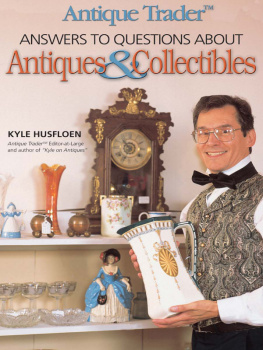
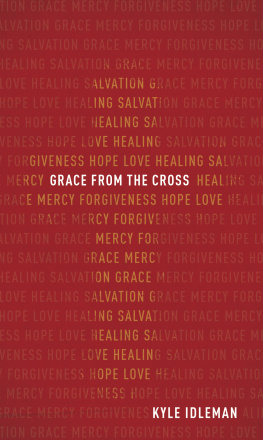

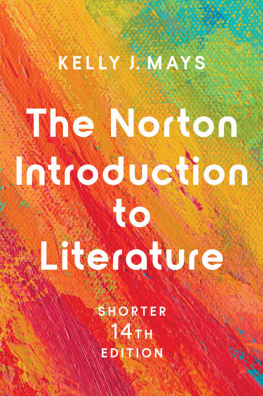
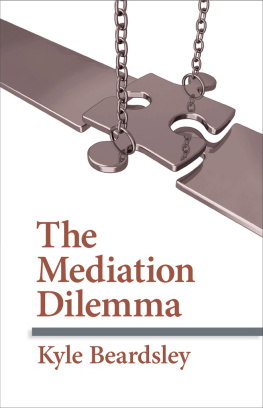

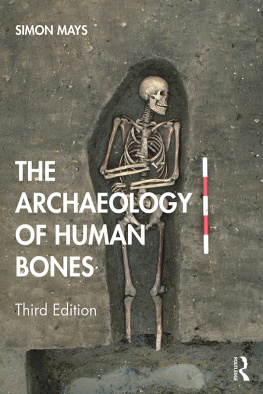
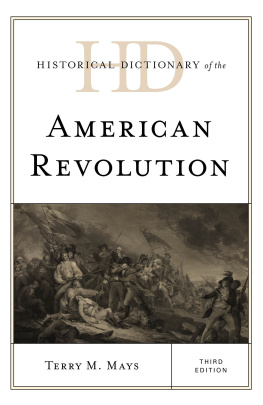
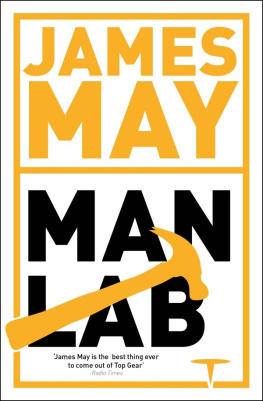
![Kyle Simpson [Kyle Simpson] - You Don’t Know JS: Up & Going](/uploads/posts/book/121420/thumbs/kyle-simpson-kyle-simpson-you-don-t-know-js.jpg)